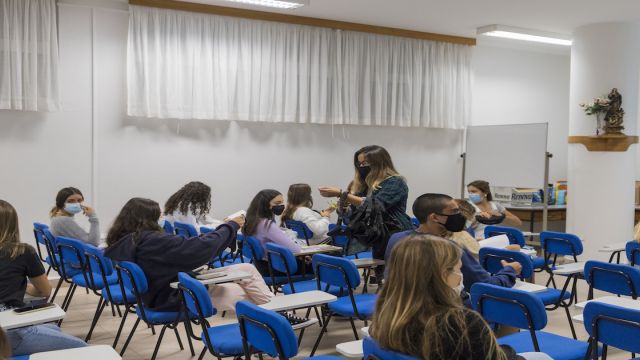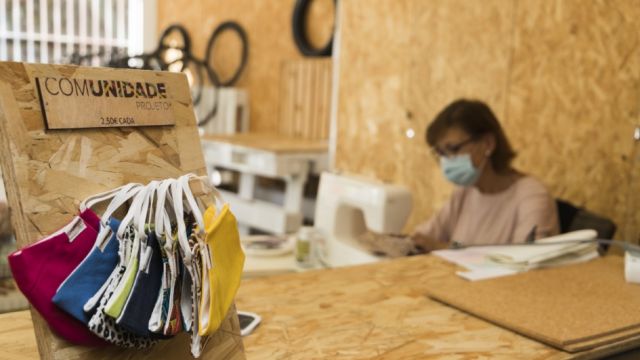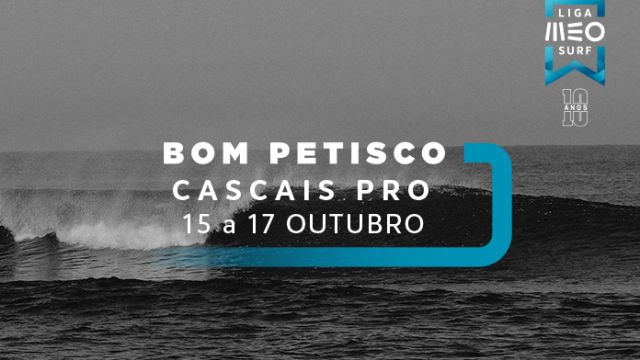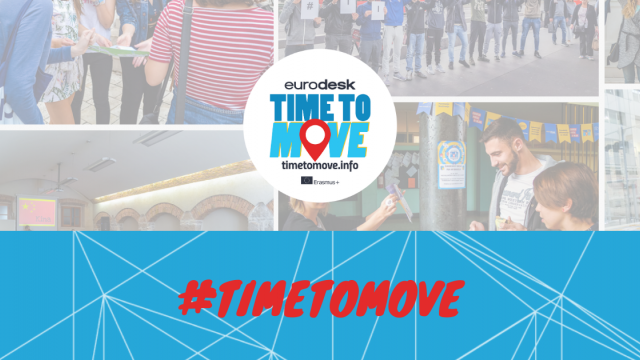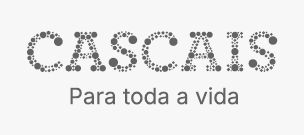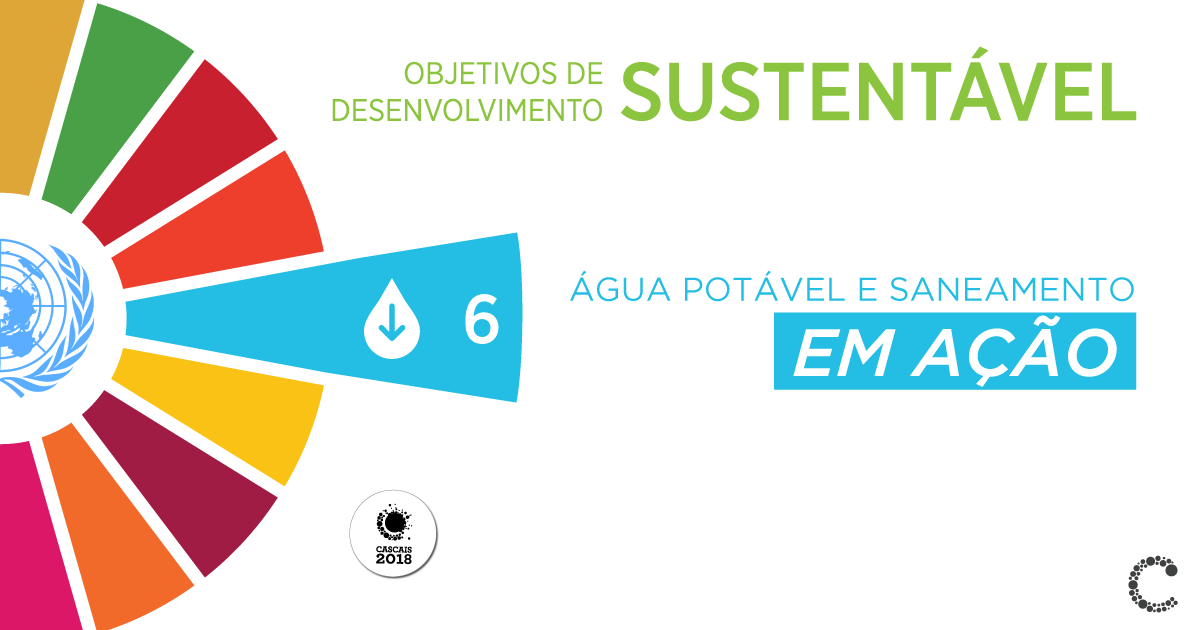
On Tuesday, we shared with you the sixth objective of sustainable development on safe drinking water and sanitation, which aims to ensure the availability and sustainable management of drinking water and sanitation for all.
As it has become habitual, today we share with you some ideas and some initiatives that not only inspire you, but also provide experiences that will change your life and those of you who are close to you.
LIPOR addresses Rio Tinto and assumes an important role for biodiversity and social responsibility. The project, which has as partners of LIPOR several entities with direct responsibility for the watercourse, among which the Portuguese Environment Agency, intends to monitor the evolution of water quality, allowing essential interventions for the recovery of the river, revive the ecosystem and define future sustainable uses in it.
The approach of Rio Tinto to the surrounding community is already a reality, which can easily be demonstrated by building the pedestrian path linking the footbridge to the adventure park (in 2015), and the Rio Tinto footbridge (in 2016), to promote the river bed and the contact of the population with it, helping in its protection, dissemination, preservation and valorization.
The ZERO Pollution project aims to ensure that the sewage system is correctly connected to the public network of domestic wastewater. The owner may not be responsible for the fact that the connection in your home is not well executed, but it is your responsibility to check the legality and if there are any anomalies to ensure that the problem is properly corrected. Assuming this priority project, Águas de Cascais has in place a rigorous procedure to detect anomalies, whose actions go through the periodic inspections of public networks of domestic and rainwater wastewater and later to the building networks.
Nestlé, in turn, works to achieve water efficiency and sustainability in all its operations, promoting the reduction of water use in all its units and encouraging initiatives to treat the water discharged and reduce the consumption of water. water in factories
Over the past five years, Nestle has reduced its water consumption by 68% (from 946,817m3 to 299,401m3) and 69% per ton of product (from 17.79m3 / ton to 5.55m3 / ton) by implementing projects to improve efficiency water use and implementation of the best available water management techniques (approximately € 1 million of investment between 2012 and 2016).
The residual water is properly treated in Nestlé's own treatment units and the definition of quality objectives for its discharge. In the last five years, an investment of approximately 500 thousand euros has been made in the creation of new wastewater treatment infrastructures and in the improvement of existing infrastructures.
Tell us what is the best way to do all together a better work on behalf of this planet that is OURSELVES! We also suggest reading the article «Portugal will exhaust natural resources on Saturday, 2018 and will start using an" environmental credit card "».
LET'S TRANSFORM THE WORLD








